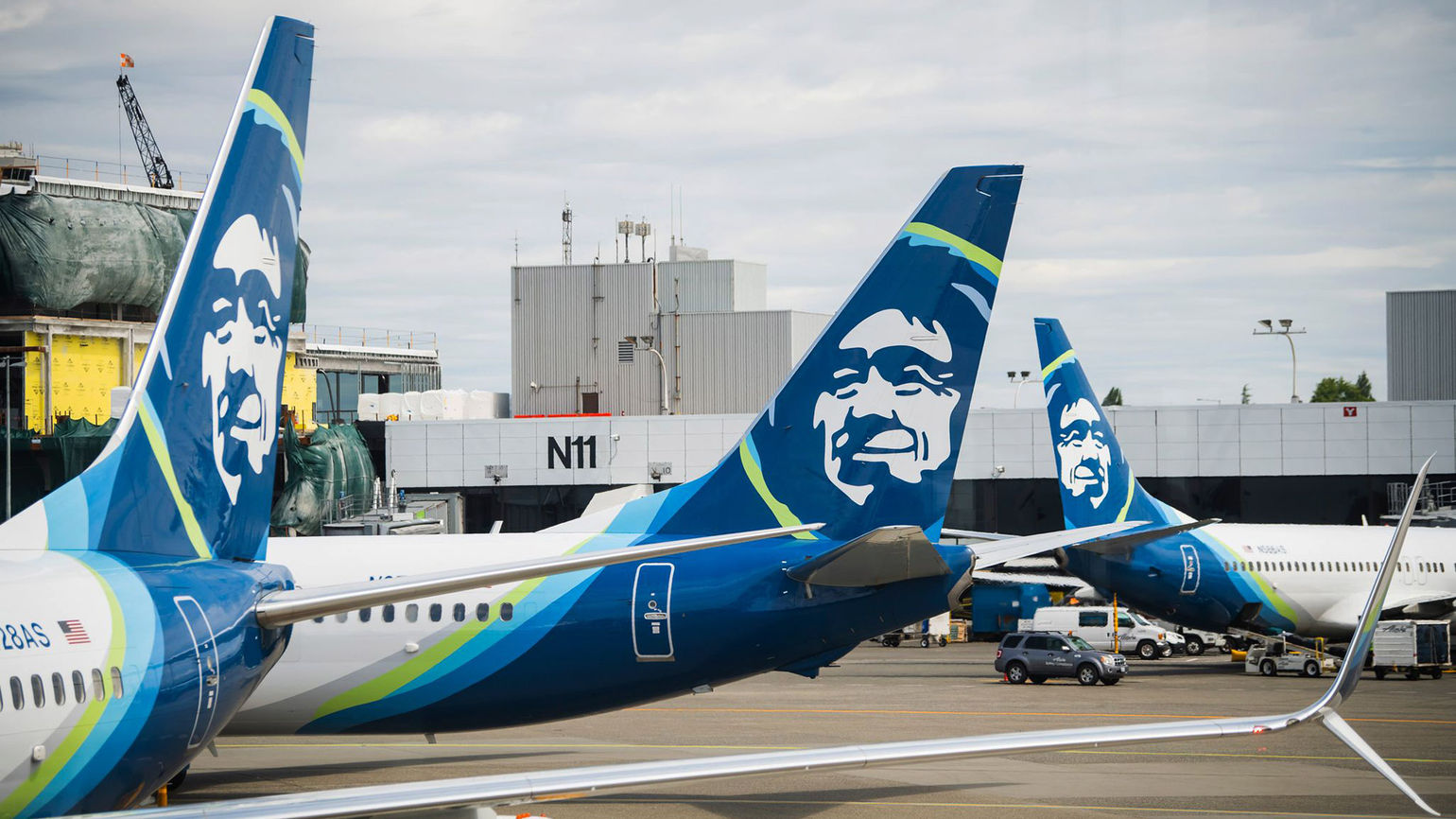
Alaska Airlines has begun deploying an artificial intelligence-powered route optimization platform. It has reduced transcontinental flight time by up to 30 minutes.
According to Pasha Saleh (Director of Flight Operations, Strategy and Innovation), the Flyways AI platform reduces Alaska's short-haul flights frequently by several minutes.
Saleh stated that while four minutes might seem like a lot, when you consider the cost of over 1,000 flights per day, it can save you hours and hours.
Saleh sees Flyways having broader applications, such as helping Alaska with delays in air travel and better managing gate restrictions.
Flyways was created by Airspace Intelligence (a Washington-based start-up technology company), and Alaska is the first airline that uses it. The pilot tested the system in the winter and spring, before it was deployed on a permanent basis in May.
Bernard Asare, Airspace Intelligence’s vice president for business development, stated that Flyways is a Waze app for the skies and is geared towards airline flight dispatchers.
Pasha Saleh
Saleh explained that, in the absence the Flyways platform Alaska dispatchers would review various factors within a few hours of each flight. This included weather forecasts and airspace constraints. Then, they would select from a variety of standard route options for each city pair. The flight plan would be filed with the FAA by the dispatcher, which is usually approved, but not always.
Flyways allows Alaska's dispatchers to conduct their own analysis and select a preferred flight plan. Flyways performs an analysis at a higher level and looks at data from the National Airspace System. This allows Flyways to dynamically evaluate how each flight plan could impact other Alaska flights.
According to Asare, the system's objective is to assist Alaska and potential customers in operating efficient flights and maintaining a resilient network.
Flyways will notify dispatchers if it believes it has discovered a better route than that being considered by dispatchers. They can then decide to accept or reject the suggestion. Saleh stated that dispatchers usually follow the advice about half of the time.
Flyways AI platform mockup. Flyways is first used by Alaska Airlines. Photo Credit: Alaska Airlines
Saleh said that the strengths of modern computing and the human mind are combined.
He said, "It's taking the judgment and experience of dispatcher and adding it into a system which is considering huge data sets in ways that a human brain can't,"
Flyways asks dispatchers to explain why they reject a Flyways plan. This allows the platform to improve its analytical and predictive abilities.
The platform not only saves Alaska time but also reduces fuel consumption. Flyways was able to save 480,000 gallons of fuel during the trial period.
Although four minutes may not seem like a lot, if you consider that there are over 1,000 flights per day, then you can save hours upon hours. Pasha Saleh, Alaska Airlines
Asare stated that Flyways' utility does not end when a flight reaches the skies. Flyways can continue to analyze the flight data once it is on its way. It can suggest alternative routes, such as those that would avoid traffic overloads or resulting holding patterns. Flyways could be used by carriers to speed up late flights and hold back early flights.
Saleh stated that Alaska has not yet integrated en route functionality in its operations, but it is making efforts to do so.
He sees Alaska using Flyways in the future to coordinate its flights with gate restrictions and turnaround times.
Asare stated that the Airspace Intelligence team will be focusing on developing functionality for gate turnarounds.
Saleh stated that there is an endless horizon for this. "We're seeing opportunities to apply AI to something that was done mostly in a static manner up until now.
